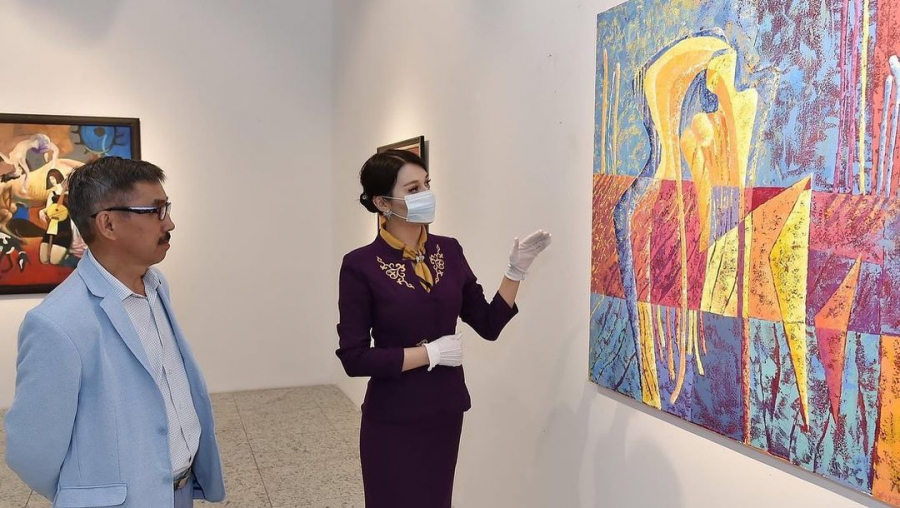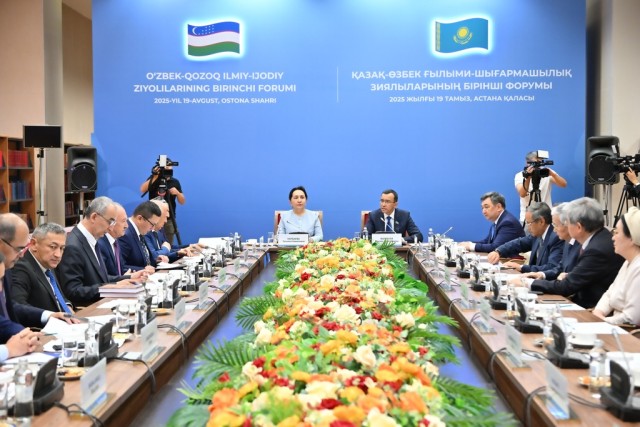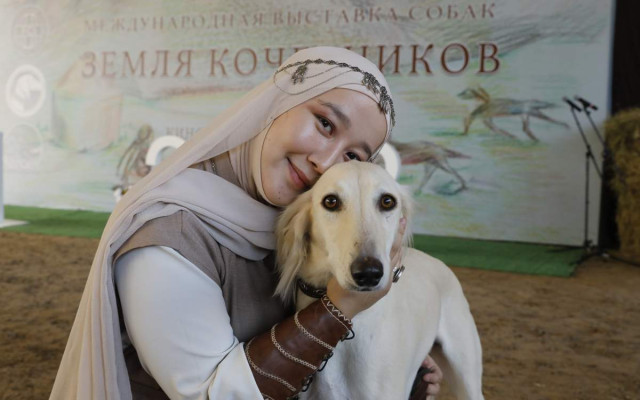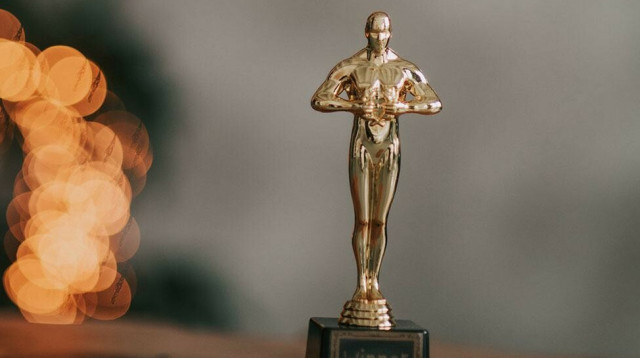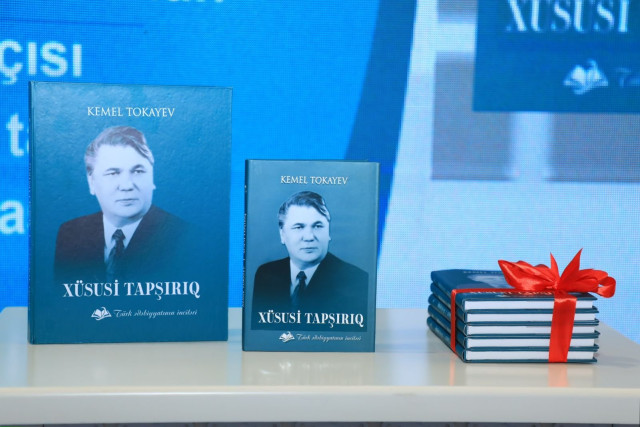
A copy of the Holy
Quran, translated for the first time into the Turkic language in the 10th-12th
centuries, along with valuable manuscripts about the ancient steppe, have been
discovered in the United Kingdom. The work of domestic scholars, who visited
libraries in several British cities and the state archive, will reveal new
chapters in the history of the Kazakh people. It is certain that the sacred
book of Muslims was first translated into Turkic in Kazakhstan.
«We brought the Quran
from the Karakhanid period, the first translation into the Turkic language. The
sacred book, written around the 10th to 12th centuries, was found in the John
Rylands Library in Manchester. According to Ahmed-Zaki Validi and other
orientalists, the Quran was translated in the ancient cities of Ispidzhab and
Argu in the South Kazakhstan region,» said Almat Absalikov, chief expert at the
National Center of Manuscripts and Rare Books.
Kazakh scholars assumed
that information regarding the migration of Kazakhs from Eastern Turkistan to
Turkey through Tibet, the Himalayas, and India can be accessed in England. Their
expectations were met as the data was indeed found. Furthermore, it was uncovered
that one of the documents, consisting of 50 volumes titled ‘Correspondence
between Turkistan, Türkiye, Persia, and Azerbaijan’, contains information about
Kazakh figure Mustafa Shokai. These data had been classified in British
archives for many years.
«We have found valuable
information about Mustafa Shokai that was published in 1919 in the newspaper ‘Slovo’
(‘Word’) in Tiflis (Tbilisi). The article contains data about the political and
economic situation in Turkistan,» noted Gulsim Bissenova, lead expert at the National
Center for Manuscripts and Rare Books.
A manuscript of a
scientific work on natural sciences by Abu Nasr Al-Farabi, also known as the Second
Teacher, was found in British archives. Also, a copy of the document ‘Anti-Bolshevik’
about the first orientalist and public figure Seraly Lapin was discovered as
well. These findings will now be carefully studied by domestic scholars. All
the unearthed works are the result of close and fruitful collaboration between
experts from the National Center for Manuscripts and Rare Books and their
British counterparts.



